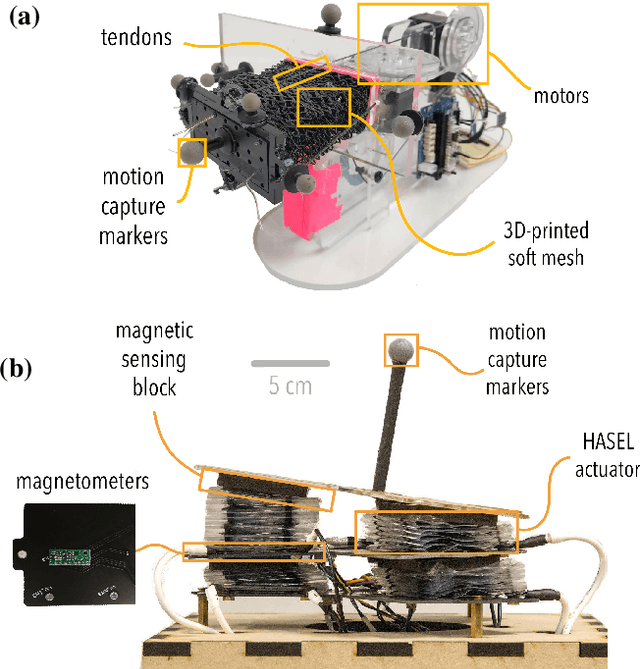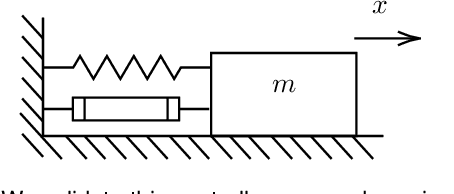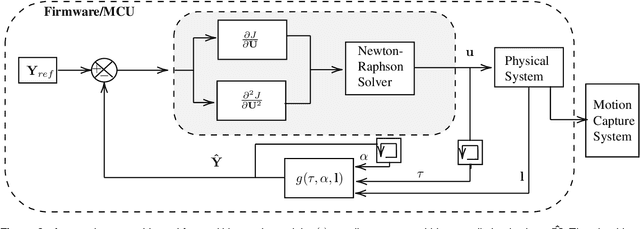Artemis Xu
Autonomous Material Composite Morphing Wing
Jan 19, 2023Abstract:Aeronautics research has continually sought to achieve the adaptability and morphing performance of avian wings, but in practice, wings of all scales continue to use the same hinged control-surface embodiment. Recent research into compliant and bio-inspired mechanisms for morphing wings and control surfaces has indicated promising results, though often these are mechanically complex, or limited in the number of degrees-of-freedom (DOF) they can control. Seeking to improve on these limitations, we apply a new paradigm denoted Autonomous Material Composites to the design of avian-scale morphing wings. With this methodology, we reduce the need for complex actuation and mechanisms, and allow for three-dimensional placement of stretchable fiber optic strain gauges (Optical Lace) throughout the metamaterial structure. This structure centers around elastomeric conformal lattices, and by applying functionally-graded warping and thickening to this lattice, we allow for local tailoring of the compliance properties to fit the desired morphing. As a result, the wing achieves high-deformation morphing in three DOF: twist, camber, and extension/compression, with these morphed shapes effectively modifying the aerodynamic performance of the wing, as demonstrated in low-Reynolds wind tunnel testing. Our sensors also successfully demonstrate differentiable trends across all degrees of morphing, enabling the future state estimation and control of this wing.
Toward smart composites: small-scale, untethered prediction and control for soft sensor/actuator systems
May 22, 2022



Abstract:We present a suite of algorithms and tools for model-predictive control of sensor/actuator systems with embedded microcontroller units (MCU). These MCUs can be colocated with sensors and actuators, thereby enabling a new class of smart composites capable of autonomous behavior that does not require an external computer. In this approach, kinematics are learned using a neural network model from offline data and compiled into MCU code using nn4mc, an open-source tool. Online Newton-Raphson optimization solves for the control input. Shallow neural network models applied to 1D sensor signals allow for reduced model sizes and increased control loop frequencies. We validate this approach on a simulated mass-spring-damper system and two experimental setups with different sensing, actuation, and computational hardware: a tendon-based platform with embedded optical lace sensors and a HASEL-based platform with magnetic sensors. Experimental results indicate effective high-bandwidth tracking of reference paths (120 Hz and higher) with a small memory footprint (less than or equal to 6.4% of available flash). The measured path following error does not exceed 2 mm in the tendon-based platform, and the predicted path following error does not exceed 1 mm in the HASEL-based platform. This controller code's mean power consumption in an ARM Cortex-M4 computer is 45.4 mW. This control approach is also compatible with Tensorflow Lite models and equivalent compilers. Embedded intelligence in composite materials enables a new class of composites that infuse intelligence into structures and systems, making them capable of responding to environmental stimuli using their proprioception.
 Add to Chrome
Add to Chrome Add to Firefox
Add to Firefox Add to Edge
Add to Edge